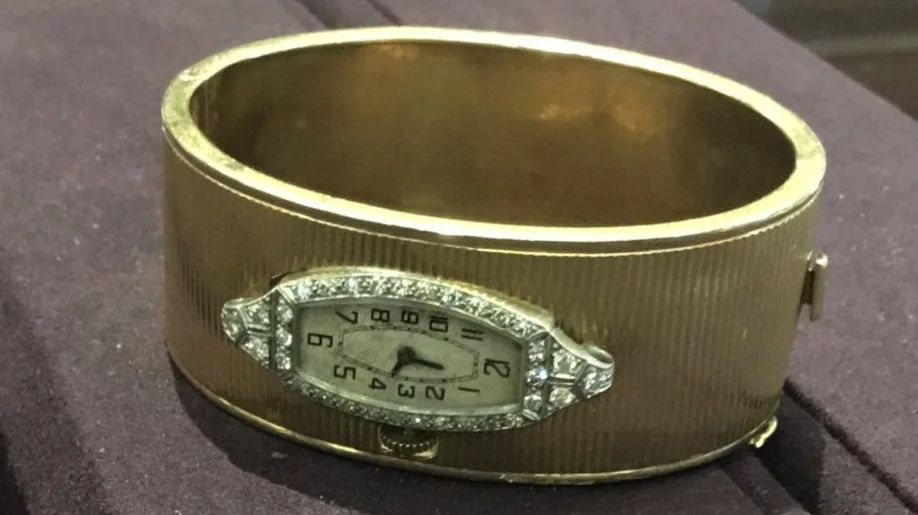What about Judas?
/What about Judas?
With all the Easter bonnets put away, and the joyful hymns a distant echo, I find myself wrestling with the darker side of the Easter story. The evening of shadows in the garden was made all the darker when Judas arrived and kissed Jesus. He’d turned him over, betrayed him, and that it was done with a kiss only made it worse. Later, after all that happened happened, and the disciples were scared and huddled beside one another in the upper room, they must have been seething when they thought about Judas. “How could he,” and “Wait till I get my hands on him,” must have been the kind of things they said. Soon, they would learn the rest of the story, see the miracle of Easter, and, over time, comprehend the power and magnitude of God’s love.
But, what about Judas?
“Woe to that man who betrays the Son of Man” Jesus’ humanity declared, and yet I wonder if Judas wasn’t the first fruit of God’s uncontained love. If Christ died for all people, then do we have any business dividing, or picking and choosing, just who “all people” are? It’s easy to include Peter with his unharnessed passion, Thomas with his doubts, but Judas? Really? Shouldn’t he be the one exception? Maybe we should have a loop hole for people like Judas, Hitler, … Oh wait, if you do that, where do you stop?
I confess, I have my Judas, a person I think shouldn’t make the cut. Jesus might love all people, but if there’s an exception, this person would be that exception. If I’m honest, I’m sure I’m someone’s Judas as well. So, I come back to my original question, what about Judas?
I can only pray God is bigger than I, that God’s grace is far more abundant than what the church offers. I read somewhere that light shines in the darkness, and the darkness does not overcome it. I wonder if Easter isn’t the most spectacular illustration of that. The darkness of the garden losses out to the brightness of the morning, the hatred that killed one man was destroyed by a love that saved (and continues to save) all people, including Judas, you and me.
